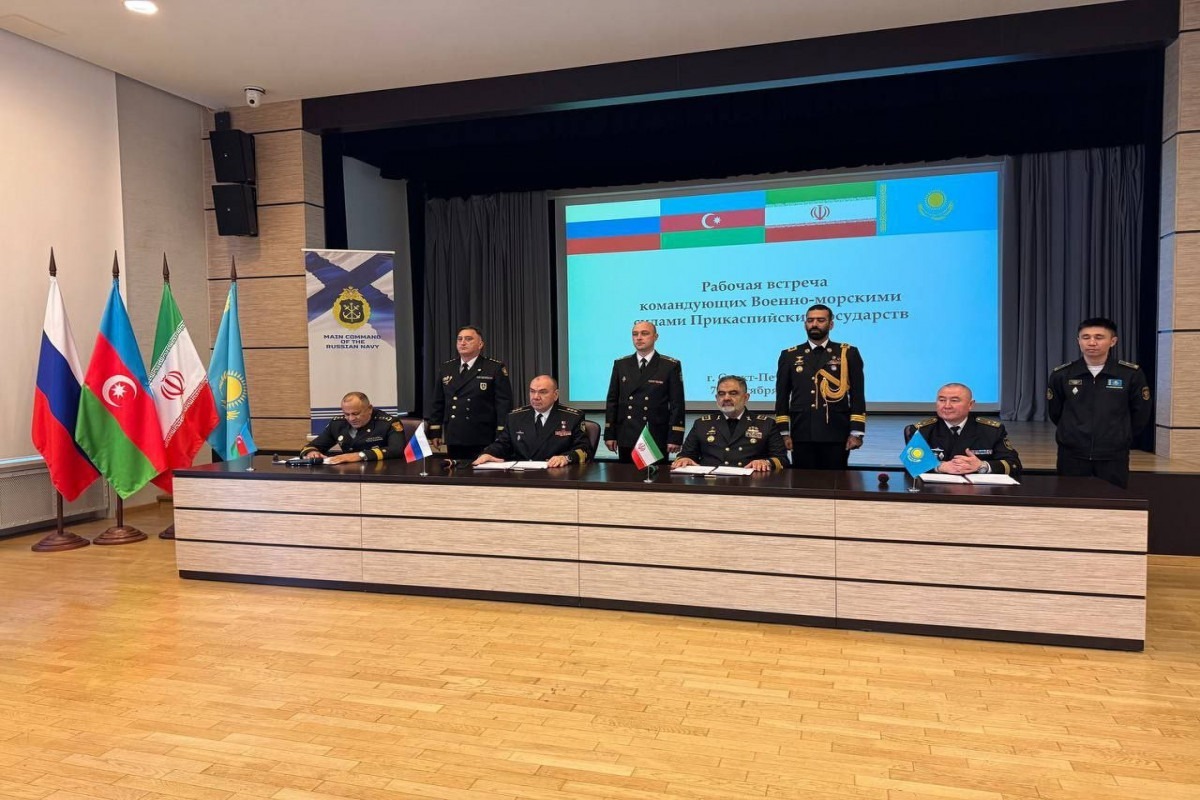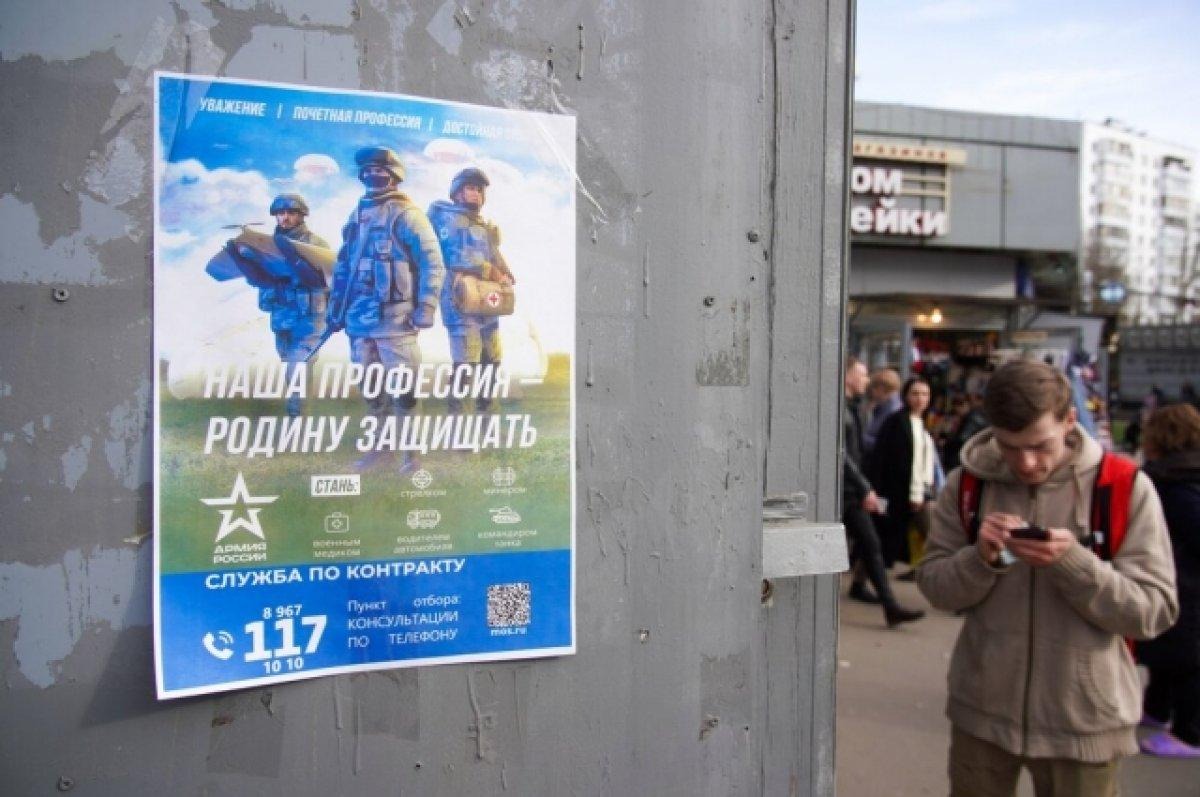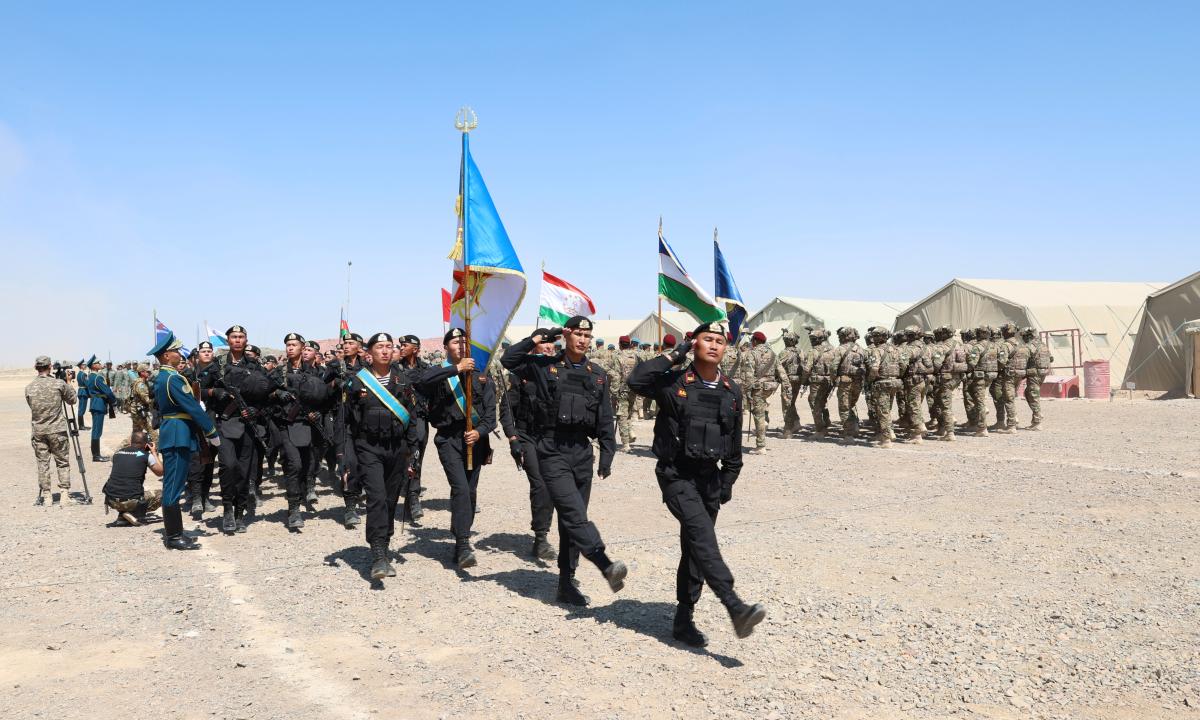
Youth Organization Signals Growing Russian Militarization
Youth Organization Signals Growing Russian Militarization
Executive Summary:
- The Movement of the First, a successor to the Soviet Pioneers, is growing, indicating the potential for a more radicalized, militarized Russian future.
- The Kremlin-sponsored organization is ostensibly designed to promote creative work and life in Russia, but its actions suggest that the real goal is to foster nationalism among young Russians.
- The Kremlin’s overlap of the Movement of the First with other youth structures replicates Russia’s management of paramilitary groups and provides a confusing and layered picture with potentially divided loyalties.
On March 18, Russian President Vladimir Putin stood before thousands gathered in Moscow’s Red Square to celebrate his re-election and the tenth anniversary of the annexation of Crimea (YouTube.com, March 19). The event consisted of aggressive chants and a sea of young, smiling faces, reflecting the growing militarization of Russian culture (see EDM, February 13, 27). One organization that has appeared on the scene and could have an even greater legacy than the war itself is the “Movement of the First.” This state-sponsored organization was founded as a successor to the Soviet Young Pioneers, a youth organization run by the Communist Party of the Soviet Union from 1922 to 1991, which promoted supporting the party and defending the motherland. The Movement of the First has said on its website that “we consider ourselves pioneers of our fatherland!” (Dvizheniye Pervykh, accessed March 2). Symbolically, the Movement of the First’s founding date, June 14, 2022, is also the one-hundredth anniversary of the founding of the Soviet Pioneers. The development of the “Movement of the First” contributes to arguments that Putin’s regime wants to return to the Soviet Union.
The Movement of the First’s actions suggest that the real goal is to foster nationalism among young Russians, despite its claims to promote creative work in Russia (Kommersant.ru, November 20). The movement’s self-proclaimed values are “to be with Russia, to be human, to be together, to be on the move, to be first” and familiar platitudes to “strong families” and “service to the Fatherland.” It has united some existing youth structures in Russia, such as Yunarmia (Youth Army) and the Russian Union of School Children. Yet these organizations still appear to exist separately, replicating Russian management of paramilitary groups and providing a confusing and layered picture with potentially divided loyalties. In 2023, the Russian government allocated 19 billion rubles (about $204.8 million) for the organization, with 10 billion rubles allotted to developing the movement throughout Russia’s regions and 4 billion rubles to the central party apparatus. The Movement of the First is large and appears to be growing. As a sign of the importance of youth politics to the regime, 3,000 people attended the Movement of the First’s Congress in Moscow’s VDNKh park, where Putin greeted them. At the closing ceremony, he declared that “the Movement of the First has acquired 4.7—almost 5 million—people. … That’s a huge army!” (Tass.ru, February 1). The size of the movement will likely continue to grow. With so many members, the Movement of the First has a council in every region of the Russian Federation, including the occupied regions of Ukraine (Verstka, October 9, 2023).
Some of the movement’s activities are reminiscent of Soviet times. Like the Pioneers, the Movement of the First develops soft skills or dual-use training that may help on the battlefield and in everyday life, thus blurring the boundaries between the two dimensions. There are 11 directions for members to pursue: “diplomatic and international relations, education and knowledge, science and technology, the labor professions and their activities, culture and art, volunteering and military volunteers, patriotism and historical memory, sport, the healthy image, media, and ecology and tourism.” The organization’s activities include restoring war memorials, organizing sports competitions, and running marathons (RG.ru, February 2). One nationwide competition, called “First Aid Project,” took place in March and intended to teach basic first-aid skills. Three thousand Russians participated, largely teams of families—a nod to Putin’s declaration that 2024 is the “Year of the Family” in Russia (Dvizheniye Pervykh, March 1). (Some have said the declaration is intended to portray Russia as a defender of Christian and traditional family values, in contrast to the degenerate West (Meduza, November 28, 2023; CEPA, March 18).)
Another more blatantly militarist action began in February. In anticipation of the 79th Victory Day, Russia’s annual celebration of Nazi Germany’s defeat, the Movement of the First has created an event called “Victory Classic.” The event aims to institutionalize military historical memory, promote “respect for the Motherland,” and ensure “the safeguarding of traditions.” The Movement of the First “will publish video recordings on social media with thematic theatrical performances and patriotic poems” (Dvizheniye Pervykh, February 26). While the same event was held last year, it only attracted 15,000 participants. The preparation to ensure that many more people will participate this year is a testimony to the speed and organic development of integrating such efforts into daily Russian life.
By building connections with other youth organizations, such as Yunarmia (Youth Army), the Movement of the First replicates and adds layers to Russia’s youth politics landscape rather than simply replacing existing structures. In many ways, this replicates the proliferation of similar institutions, seen in other paramilitary movements today and in fascist systems throughout history. This is most clearly seen in the Movement of the First’s connection to other youth organizations. For example, leaders of the Russian Cossack movement met with their counterparts in the Movement of the First to discuss “several issues of interaction between the organizations in the field of youth policy.” Of these issues, the “first was to become co-sponsors of project initiatives, a direction for the future development of Russian society” (VsKO.ru, February 7). As if following through on this promise, in February 2024, the Movement of the First helped organize and participate in an address organized by the Cossacks at a Moscow university called “Be worthy of the fallen.” The action brought together 46 Moscow finalists and 11 higher educational institutions of the Donetsk, Luhansk, Zaporizhzhia, and Kherson regions (VsKO.ru, February 20).
It seems that the Movement of the First is here to stay and will socialize an angrier, more militant generation. Yet the wisdom, from the Kremlin’s perspective, of adding another overlapping institution to Russian everyday life should be questioned. With so many divided and overlapping loyalties, the system may be challenging to sustain in the event of a crisis from Moscow. When there are too many options of where to place loyalty, division is inevitable. Far from institutionalizing Russian political and social structures, the Kremlin may be setting itself up for failure.


